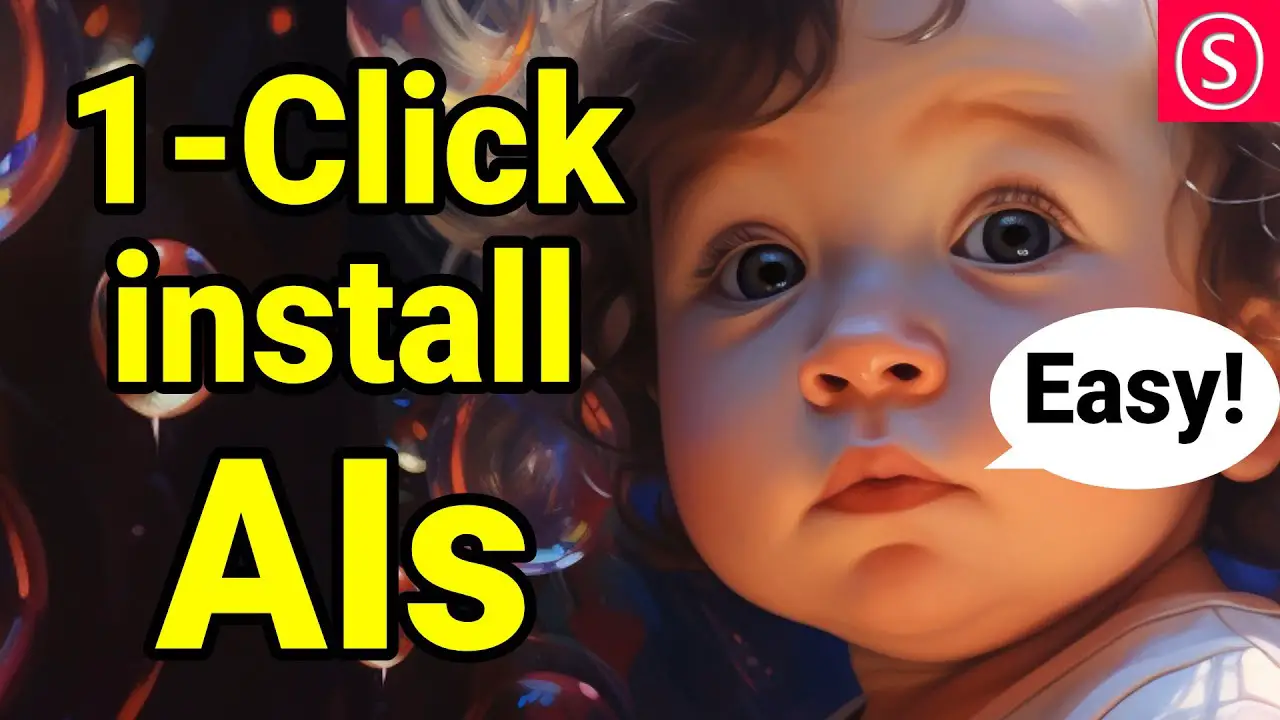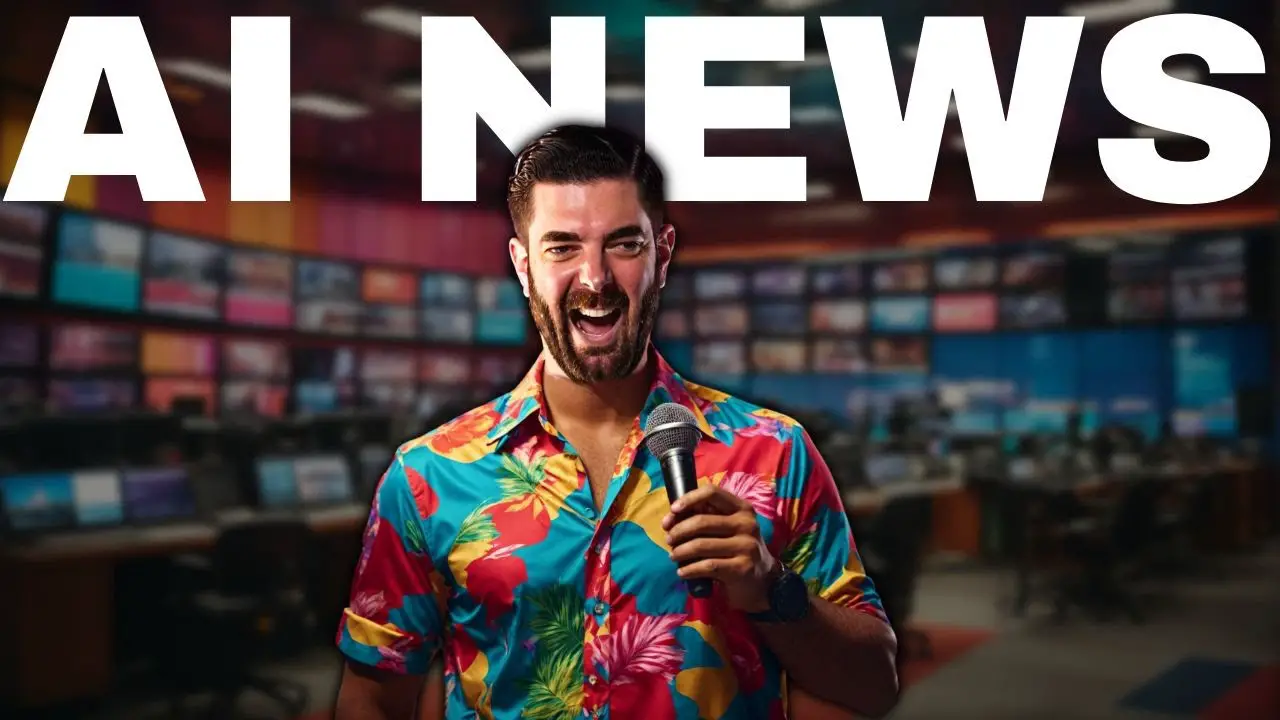Unleashing Creativity with Generative AI Techniques
July 21st, 2023

Unleashing Creativity with Generative AI Techniques
In the realm of artificial intelligence, Generative AI techniques are the creative powerhouses that are transforming how we generate, design, and even dream up new content. These remarkable algorithms are capable of producing everything from art and music to text and entire virtual worlds, with the ability to mimic and often surpass human creativity. In this blog post, we'll embark on a journey to understand the fascinating world of Generative AI, exploring its underlying principles, applications, and the future it holds.
What is Generative AI?
Generative AI refers to a class of artificial intelligence techniques that enable machines to generate content autonomously. Unlike traditional AI models that perform specific tasks based on pre-defined rules, Generative AI models are designed to produce data that is novel, creative, and, in some cases, indistinguishable from human-created content. These models learn patterns from existing data and then use this knowledge to generate new, original content.
How Generative AI Works
Generative AI leverages a variety of techniques, with deep learning being at the forefront. Here's a simplified overview of how it works:
1. Data Collection and Preprocessing:
- Data is collected and preprocessed. This data can be anything from text and images to audio and video.
2. Training the Model:
Generative models, such as Variational Autoencoders (VAEs), Generative Adversarial Networks (GANs), and Recurrent Neural Networks (RNNs), are trained on this data.
During training, the model learns to capture the underlying patterns, styles, and structures of the data.
3. Generating New Content:
Once trained, the model can generate new content by sampling from the learned patterns.
Depending on the model and the application, this could be anything from generating realistic images, composing music, or even writing poetry.
4. Evaluation and Fine-Tuning:
- Generated content is often evaluated for quality and relevance, and the model may be fine-tuned based on feedback.
Applications of Generative AI
Generative AI has found applications in numerous fields, pushing the boundaries of what's possible in creativity and problem-solving:
1. Art and Design:
Generative AI is used to create art, from paintings and sculptures to digital art and graphics.
It's also employed for style transfer, transforming one art style into another.
2. Content Generation:
It can generate text, including articles, stories, and even code.
Chatbots and virtual assistants use it to generate human-like responses.
3. Entertainment:
In the gaming industry, Generative AI creates realistic virtual worlds, characters, and narratives.
It's used in film and music for generating soundtracks, special effects, and CGI.
4. Healthcare:
Generative models can assist in drug discovery by predicting molecular structures.
They can generate medical images and simulate the effects of treatments.
5. Science and Research:
It aids in data synthesis and simulations for scientific research.
Generative AI models are used in fields like astronomy, climate science, and particle physics.
Challenges and Ethical Considerations
While Generative AI holds immense potential, it also comes with its set of challenges and ethical considerations:
1. Bias and Fairness:
Models can inherit biases present in training data, potentially leading to biased or unfair outcomes.
Ensuring fairness and ethical use is crucial.
2. Intellectual Property:
Determining ownership of AI-generated content raises complex questions.
Legal frameworks need to adapt to address these issues.
3. Misuse and Manipulation:
Generative AI can be misused for creating deepfake videos, fake news, or other malicious content.
Developing safeguards against misuse is vital.
The Future of Generative AI
The future of Generative AI is exciting and promising:
1. Enhanced Creativity:
- Generative AI will continue to expand human creativity, providing new tools and inspiration for artists and creators.
2. Personalization:
- It will power highly personalized experiences in content consumption, entertainment, and more.
3. Scientific Discovery:
- Generative models will assist scientists in discovering new materials, drugs, and solutions to complex problems.
4. Human-Machine Collaboration:
- Generative AI will lead to increased collaboration between humans and machines, with AI assisting in creative and problem-solving tasks.
In conclusion, Generative AI is a transformative force reshaping how we create, imagine, and innovate. It's a testament to the incredible potential of artificial intelligence to augment human creativity and address complex challenges. As we navigate the ethical and practical implications, the future of Generative AI promises to be a thrilling journey into uncharted creative territory, where the boundaries of what is possible continue to expand.
Other articles
October 24th, 2023
Mastering Article Rewriting with ChatGPT: A Comprehensive Guide
ludes a step-by-step guide and handy tips. read more...
September 25th, 2023
Step-by-Step Guide: How to Use GPT-4 for Article Rewriting
Includes crafting effective prompts and examples. read more...




